In this edition of Coasters-101 we’re going to examine how launch coasters store their energy. Launched coasters are becoming more and more common. Even wood coasters are getting in on the game. Launch systems, from electromagnets, pneumatics, hydraulics,and friction wheels, generally use a ridiculous amount of energy, but where does that energy come from? In our earlier article where we examined the different types of roller coaster launch systems, we saw how the energy is transferred to the coaster trains in different ways. But what happens before or in-between the launches?
Launched coasters have always required a very high amount of power for the launch, which either required an expensive high-capacity electrical service which is drawn heavily on when you launch, or the use of a device to store energy from a lower capacity service. The job of the roller coaster engineers is to get energy from a power grid or storage source and transfer it to the coaster in the most efficient way possible. Potential energy is commonly stored as electricity, hydraulic fluid, or compressed air before it is transferred very rapidly to the train via a propulsion system and converted into kinetic energy.
How much energy are we talking about here? For example, the average lift hill motor could use approximately 200 Amps for sixty seconds to lift a train to the point of release at the top of a hill. Compare that to the high energy launch systems that may require 4,000 or more Amps for approximately five seconds of launch time!
Let’s take a look at a few different coasters to see what strategies we think they use to store energy for their launch system.
Terms and Definitions
- Amp: The SI unit for measuring an electric current is the ampere, which is the flow of electric charge.
- Charge: In general, charge Q is determined by steady current I flowing for a time t as Q = It.
- Capacitor: A device used to store an electric charge, consisting of one or more pairs of conductors separated by an insulator.
- Flywheel: A flywheel works by accelerating a rotor to a very high speed and maintaining the energy in the system as rotational energy.
Friction Wheel Launch: Incredible Hulk (1999-2015)
The Incredible Hulk at Universal’s Islands of Adventure features a rapidly accelerating uphill launch using powerful traction (or friction) wheel motors to get the trains going from zero to forty miles per hour in two seconds. The launching sequence for the Hulk hammers the local electrical grid with 6,000 amps, so much energy, that if it depended on the power supply that the rest of Orlando uses, lights all around the city would dim each time it catapulted another train of screaming guests into space.
To achieve the brief but very high current required to accelerate a full coaster train to max speed at an uphill angle, Universal engineers built a separate power plant just for the Hulk that sucks electricity from the city at a steady rate and stores it in four massive, 10,000-pound flywheels. Without these stored energy units, the park would have to invest in a new substation or risk browning-out the local energy grid every time the ride launches.
I’m not sure how the newly revamped Hulk will work but I assume they have made improvements for a more efficient launch system.
Hydraulic Launch: Kingda Ka
The tallest and fastest roller coasters on Earth, Top Thrill Dragster, Kingda Ka, and Formula Rossa, all use a hydraulic launch system to get enough energy for recording breaking launches. There are several cylinders with a piston in each. Hydraulic oil pumps from a reservoir into storage cylinders filled with nitrogen. The nitrogen can compress and acts like a spring. On the other side is hydraulic oil that cannot be compressed. The piston slides to compress the gas and the hydraulic fluid fills the other side of the cylinder, building potential energy. The ride operator gets a signal when pressure has built up and the train is ready to launch. Pushing the start button opens high-speed valves at the storage cylinders, the piston is released, the gas expands forcing the liquid out at a very fast speed and sends the oil flowing to 32 hydraulic motors.
Gears on each end of the motors turn a large planetary gearbox. Planetary gearboxes sit on either side of a cable-winding drum that turns at 500 rpm. The drum works like a big fishing reel, taking up cable as it turns. The launch cable attaches to a locking device called a catchcar that, in turn, attaches to the coaster train. The catchcar runs in the track and propels the train forward. Reaching the target speed of 120+ mph disengages the cable from the train, closes the hydraulic valves, and restarts the process.
Kingda Ka’s hydraulic motor can produce a peak power of up to 20,800 hp (15.5 MW) for each launch. One thing to keep in mind is that although hydraulic launches have a lower peak load requirement since the electricity is drawn at a constant rate all day long to continuously pressurize the accumulators, they still use more energy overall because it is a less efficient system due to all the moving parts and mechanical losses.
LSM Launch with Flywheel Generator: Thunderbird
The first B&M launched wing coaster requires so much energy that if Holiday World didn’t build its own substation solely for Thunderbird, the lights in the town of Santa Claus would flicker every time the five car trains took off. Thunderbird uses a massive amount of energy, storing up 2.5 megawatts of electricity in two massive flywheels before releasing the force to propel the train with LSMs into a 140-foot loop and through 3,035 feet of bright orange track.
Energy just keeps getting poured into the flywheel until it comes time to launch, when it gets dumped out all at once. Sitting just the left of the track beyond the launch point is where the two 24,000 pound flywheel assemblies, panels of supercomputers and launch controls are stored. Look for the “Will Power” building, named after the late park owner and engineer, Will Koch.
Why not use giant batteries to store energy instead of a flywheel? Flywheels are not as adversely affected by temperature changes, can operate at a much wider temperature range, and are not subject to many of the common failures of chemical rechargeable batteries. They are also less potentially damaging to the environment, being largely made of inert materials. Another advantage of flywheels is that by a simple measurement of the rotation speed it is possible to know the exact amount of energy stored.
LSM Launch with Ultra-Capacitors: Lightning Rod
Lightning Rod is one of the most anticipated new roller coasters of 2016 and for good reason. Dollywood revealed the company behind the launch system of the world’s first launched wood coaster is Velocity Magnets, a company known for their magnetic brakes but had never done a launch before. Given Lightning Rod’s rough start and extended downtime, coaster enthusiasts have wondered why they were the chosen supplier instead of a more well-known and experienced company. We have uncovered a patent for a Solid State Energy Storage and Management System that may give us an answer.
In order to build a launch coaster, a theme park may have to install large (1,000+ amps) electrical service infrastructure first, comprised of transformers, conductors, wires and cables, etc. This installation can have a very high initial cost, and may require the operator to pull power directly from the local power grid. Some theme parks simply do not have this option due to the size of their electrical infrastructure or are not able to install large three phase electrical services at particular geographical locations on their property.
Why not used a tried and true system like a flywheel for energy storage? As an alternative to simply providing very large amperage service, a flywheel generator is sometimes used to store energy from a grid and deliver it to a particular ride. Nevertheless, a flywheel generator and out-building to house and support the generator may be expensive, heavy, and often noisy. An amusement park may not want the added expense or maintenance of a flywheel generator nor do they want to build a secondary out building to house the generator. Further, the flywheel generator may be unable to store electrical energy converted from kinetic energy efficiently due to mechanical losses.
To address these issues, it appears Lightning Rod may be using a newly patented ultra-capacitor based launch system to store energy supplied from a more affordable electrical service and release it during the launch. These “super” or ultra-capacitors may receive less than 250 amps of power from a power grid in a continuous connection during operation in order to charge. The capacitors charge at 200 amps for 30 seconds or more between launches and then discharge at 6,000 amps in a few seconds to launch the hot rods up the mountainside. Unlike a flywheel generator, this new system may not require a separate or remote facility to be housed in as the capacitors could be located in a cabinet directly next to the LSM drive system or in the main LSM control room.
Another cool feature of this system is the ability to have a second energy input for the capacitors: Electrical energy generated by the current eddy braking system may be used to recharge the ultra-capacitors. The recycling may be accomplished by obtaining power from eddy current braking utilizing an air gap and a stator that can harvest some of the kinetic energy and store the harvested energy for a future discharge or launch. Thus the brakes are not simply passive but utilized to lower the electrical need of the entire ride system, making it even more efficient.
We don’t know for sure if this is the system Dollywood choose, but it would explain why they they made the risky decision to use this supplier: it was a gamble to make the ride more energy efficient. Once the technology is perfected, it could very well enable launched coasters to be built in places and for costs that will increase their variety and availability. Many amusement parks may not have the necessary power or infrastructure available to operate certain rides optimally or at all. These amusement parks, however, may utilize the ultra-capacitor system to supply the necessary power to run these rides.
I hope you enjoyed reading about how launch coasters store energy.

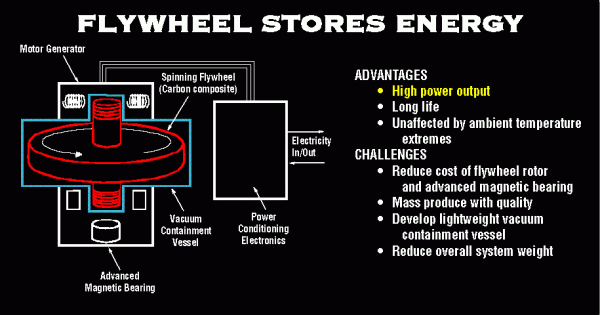
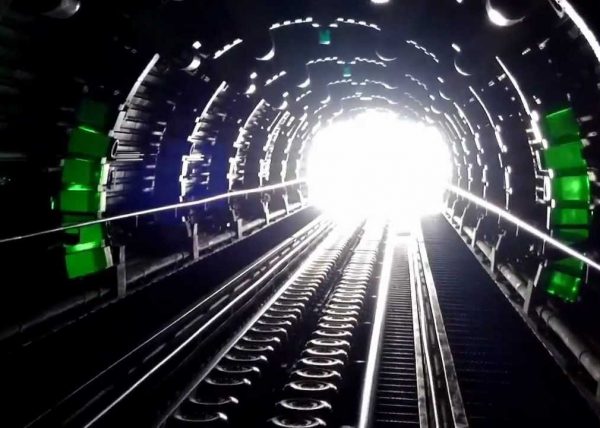
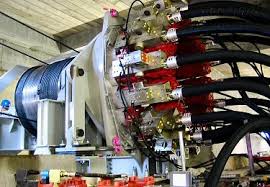
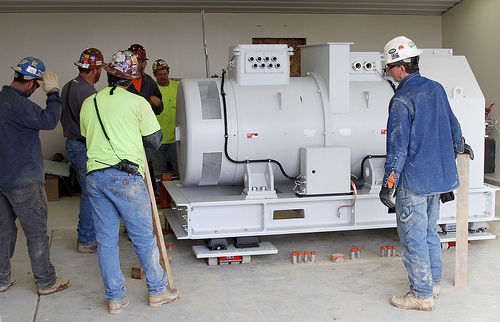
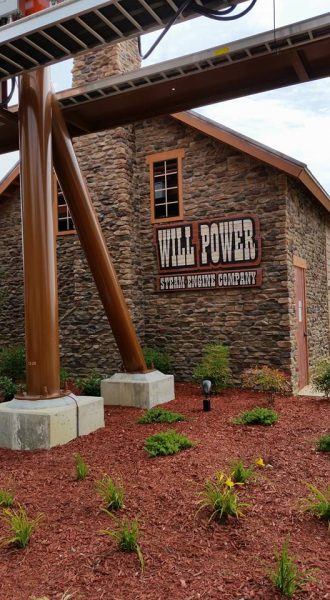
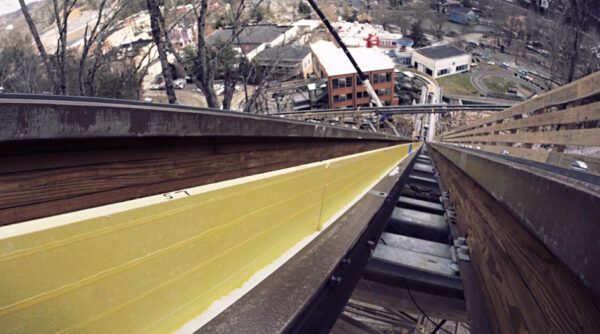
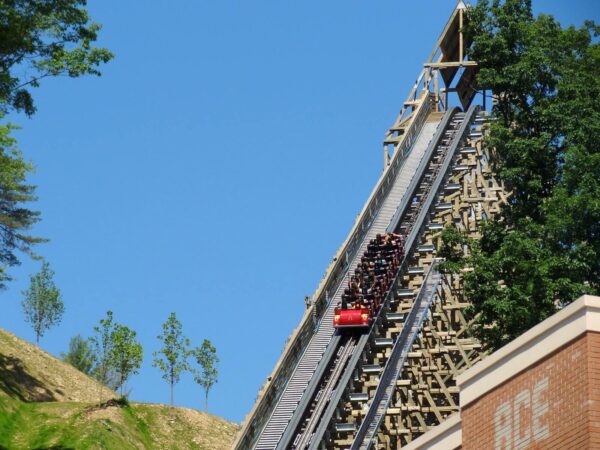
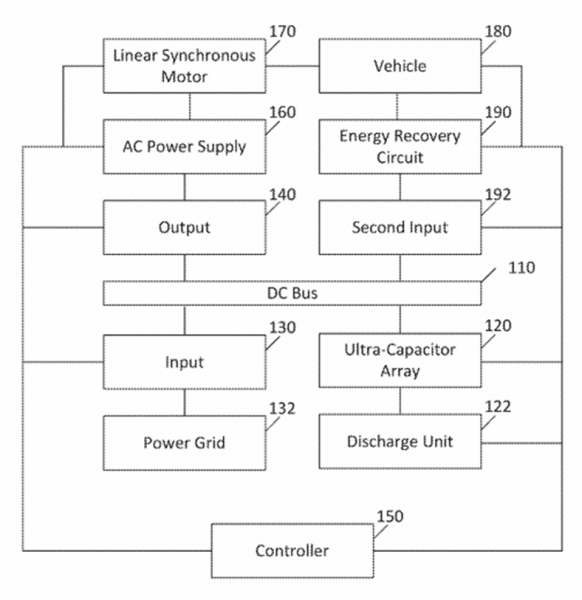

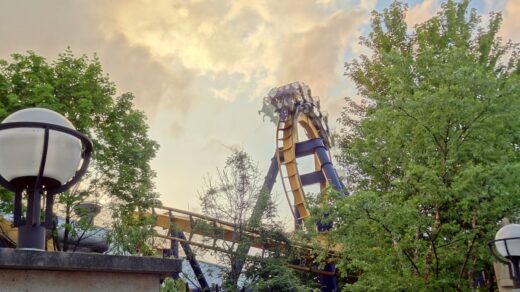












I fully support the intent of the article. The headline discusses energy which would be measured in Joules. Later in the article, there are claims of power (watts) which is energy transfer per time (joules per second). Often times, there is mention of amps, which is charge per second. This is a bit confusing. If the point is energy, then everything should be in joules. If power, then give the time the average power is applies. Current yields the flow of charge, not necessarily power. The intent of the article is superb, but the details leaves one desiring more clarity and consistency.
As always, thanks for the feedback, appreciate it. Another article added to the “to update” list.